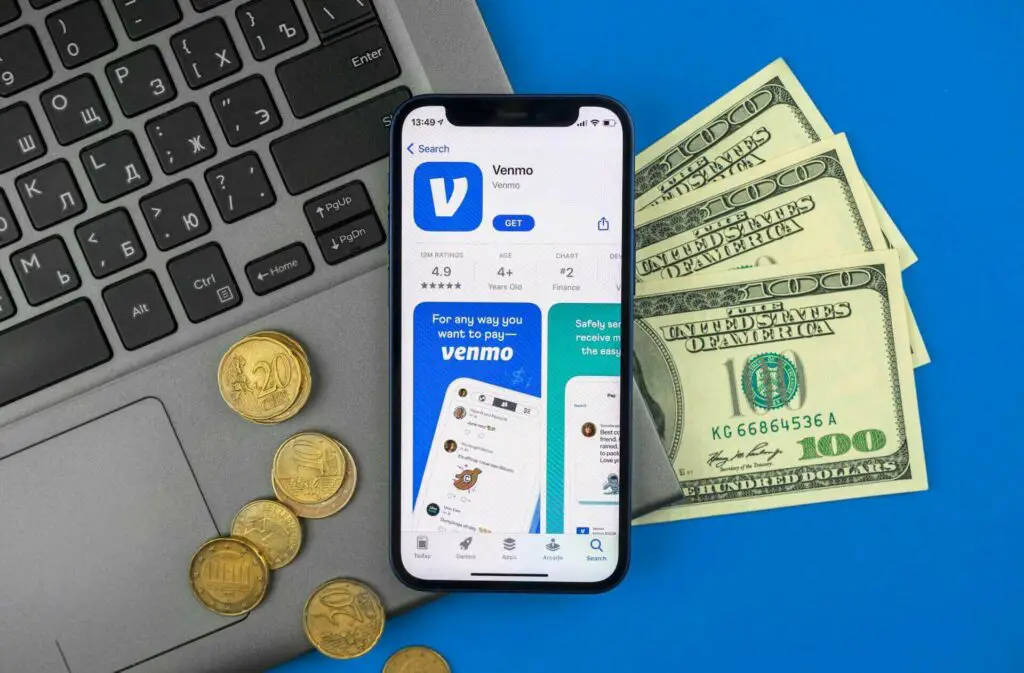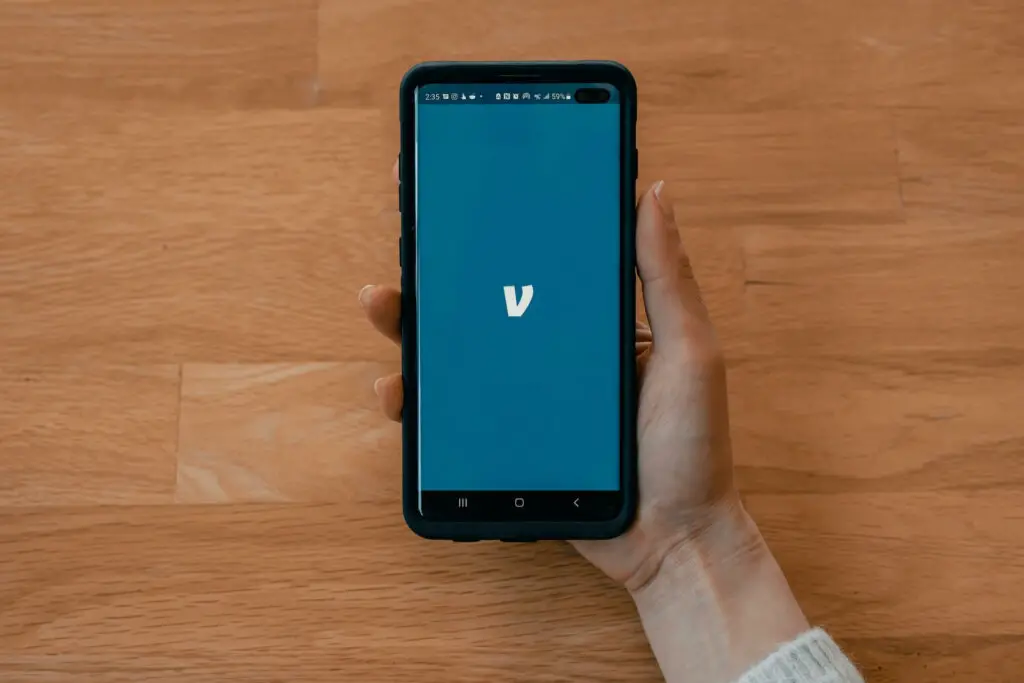It’s well known that Venmo is one of the most popular payment services out there. It started as a simple peer-to-peer payment app and has grown a lot over the years. With many recent changes, it’s reasonable to start wondering – is Venmo going to start charging? This is a complex topic, and I’ve done my best to explain everything on Venmo fees in the text below, so be sure to keep reading.

Venmo is not going to start charging money for using the app, as having an account is still free, as well as the original peer-to-peer function. However, there have been a few fee increases in 2022, so various services that this platform offers won’t be as cheap as they once were.
If you often use this app, knowing about the changes in fees is of utmost importance – why lose money because you’re uninformed? Check out the following text to learn more about Venmo fees so that nothing can catch you by surprise.
Table of Contents
Is Venmo Going to Start Charging? Here’s All You Need to Know About the Fees on This Platform
Venmo has built its reputation as a free and simple-to-use app. It’s been around for so long that it can be easy to forget how to pay someone without Venmo. Since 2012, the company has been under PayPal, and they have introduced various changes, making it more like PayPal – this means adding fees to services. What does this mean for customers – will the app still be worth it with the most recent changes in fees?
While Some Services Still Remain Free, Some Will Require a Small Fee
The most important thing to know is that opening a Venmo account is still free, and there are no monthly payments – you can quickly set up Venmo on a computer or smartphone. Also, the original service (for which most of us have downloaded the app anyway) remains free – I’m referring to the peer-to-peer money transfer service. Still, the catch is that you have to send the money from your Venmo balance and not your credit card (using the credit card can cost you a bit).
What Are the Fees You Should Know About?
There are various transactions you can make with Venmo, and it can easily get confusing to remember what’s the fee for every one of them. If you use Venmo for more than reimbursing your friend for dinner, this might be helpful to you – check out the table below for the most common Venmo services and their fees.
| Service | Related fee |
| Instant transfer | Sending money from Venmo to any bank in the U.S. via this transfer service will cost you a fee of 1.75% as of June 2022. The minimum fee is $0.25, and the maximum is $25. Instant transfer means up to 30 minutes. |
| Credit card charges | If you send money from your credit card, you will be charged a fee of 3% – this is a fee from the credit card company that’s being passed on to you. |
| Gift card charges | Some gift cards come with fees and may not be worth adding to Venmo. So, make sure you check if this is the case with a particular gift card you wish to add to your Venmo account. |
| Buying or selling cryptocurrencies | There is a fee for buying and selling cryptocurrencies via Venmo, and the number varies depending on the value of the crypto you plan to trade (see more on this below). |
| Depositing checks | If you’re depositing payroll or government checks, there is a 1% fee (with a minimum of $5). For non-payroll and non-government checks, the fee is 5% (with a minimum of $5). |
One more thing that’s worth mentioning is a Venmo Debit Card – you’re probably wondering if this card carries some significant fees. The good news is that there are no fees for using your Venmo card for any purchases.
However, keep in mind that if you withdraw money at an ATM, you will have to pay a regular $2.50 Domestic Withdrawal Fee. When withdrawing cash at the bank, there will be a standard $3.00 Over the Counter fee. Additional fees are up to the bank and have nothing to do with Venmo.

How Can You Avoid Venmo Fees?
No one likes paying fees – who would blame you for looking up ways to avoid unnecessary loss of money on Venmo? While it’s unavoidable in some cases, there are a few things you can do to make it easier on yourself and avoid losing a few dollars. Making these adjustments to your transactions can help:
- Don’t use your credit card – the 3% fee is not worth it when you can send money directly from your Venmo balance, bank account, or even a debit card for free.
- The Instant transfer service is definitely useful, but it surely isn’t necessary in most cases. You can easily avoid the 1.75% fee by choosing a standard electronic transfer. However, remember that this transfer can take three to five business days, so it’s important to plan your payments on time.
- Avoid using your Venmo card to withdraw money from the ATMs or banks, as this will expose you to fees as well.
- Keep in mind that if you use your credit card to send money to friends and family via Venmo, your credit card company can charge cash advance fees. Be sure to contact your credit card provider to check if this is the case for your card.
Regardless of the Increasing Fees, Venmo Is Still Worth It – The Good Outweighs the Bad
Increasing fees is surely not a surprising thing, but nevertheless, using Venmo is still very convenient. It’s simple to avoid any charges if you use it for traditional services like sending money to friends and family – which is exactly what most Venmo users need. So, regardless of any fees, Venmo is still a valuable asset for managing your finances.